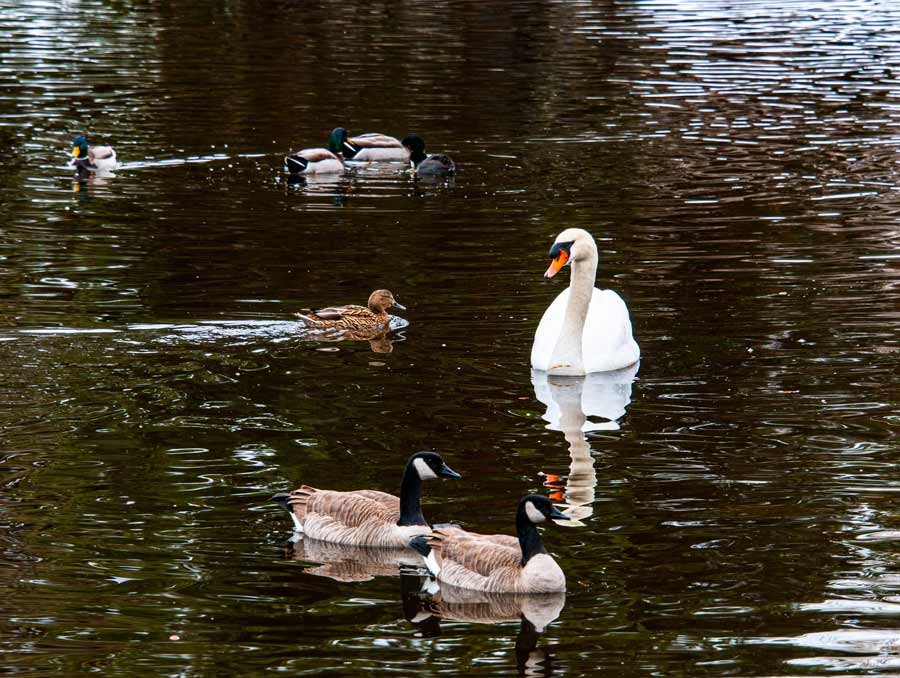
Every living thing on Earth depends on water, but why is that? Department of Chemistry Assistant Professor Nicholas Borotto studies biochemistry, and explains why water is an important molecule for life here on Earth, at the cellular level.
What makes water an important molecule for life?
While the heavy snow this year has alleviated much of our and the Californian drought, the constant attention we pay to our water resources hints at the significance of this molecule. Water is of course critical for life and most are familiar with the fact that humans are composed of approximately 60% water and that this molecule is utilized as the main component of our blood, to remove waste, protect the brain, and control temperature. Thus, to avoid reiterating things that are frequently covered, I will focus on two seemingly mundane molecular properties of water that are critical to life. Those are the fact that ice floats on liquid water and oil and water do not mix.
We do not often think about the ice floating in our tea as a life-critical attribute, but it absolutely is. In winter, the average temperature of one of Earth’s hemispheres drops below the freezing point of water. The solid phase of most chemicals is denser than the liquid phase, and thus, will rapidly freeze solid. If water followed this pattern, it would lead to seasonal extinctions of reptiles, amphibians, and fish and restrict life to the equator. Since ice floats, when temperatures drop below freezing, a thick layer of ice forms atop the surface of lakes and insulates the liquid below from the frigid temperatures. This slows the freezing process, enables deep bodies of water to remain liquid near the bottom, and provides a refuge for these species until the following spring. The power of this insulation is best illustrated by Jupiter’s moon Europa, which is believed to have liquid oceans below its icy surface despite the daily temperature of the moon averaging around -143 °C (-225 °F). The potential existence of these liquid oceans has led to scientists and science fiction writers (Arthur C. Clarke’s “2010: Odyssey Two”) alike to speculate that Europa may harbor alien life.
For life to survive, it must accomplish a multitude of tasks. It must sense the world around it, metabolize food, transport vital nutrients, and so much more. To accomplish these jobs, cells employ millions of nanomachines called proteins. These devices each have their own task and the ability to perform this task is dependent on their shape. You can imagine this dependence as similar to everyday objects: a protein shaped like a pair of scissors would be well suited to cutting and a protein with the shape of a car would be utilized to transport things. Unlike these human-made devices, proteins are synthesized in a strand (like a string of pearls) and must fold into the correct shape to perform their jobs.
To drive this folding, cells take advantage of the fact that oil and water do not mix and alternate water-loving (hydrophilic) and oil-like, water-fearing (hydrophobic) pearls into the strand. When the strand is submerged in water, the hydrophobic pearls will fold into the center of the protein to reduce their contact with water. Amazingly this process is highly reproducible and if a cell synthesizes proteins with the same pattern of hydrophilic and hydrophobic pearls, they will all fold into the same shape and perform the same function every time.
Without these discussed attributes, all observed forms of life would not survive. With that said, there are so many more reasons that water is important that cannot be covered in a short blurb like this and I recommend reading more about water’s designation of the “universal solvent” and how water’s polarity affects how it interacts with other molecules – and itself.
















